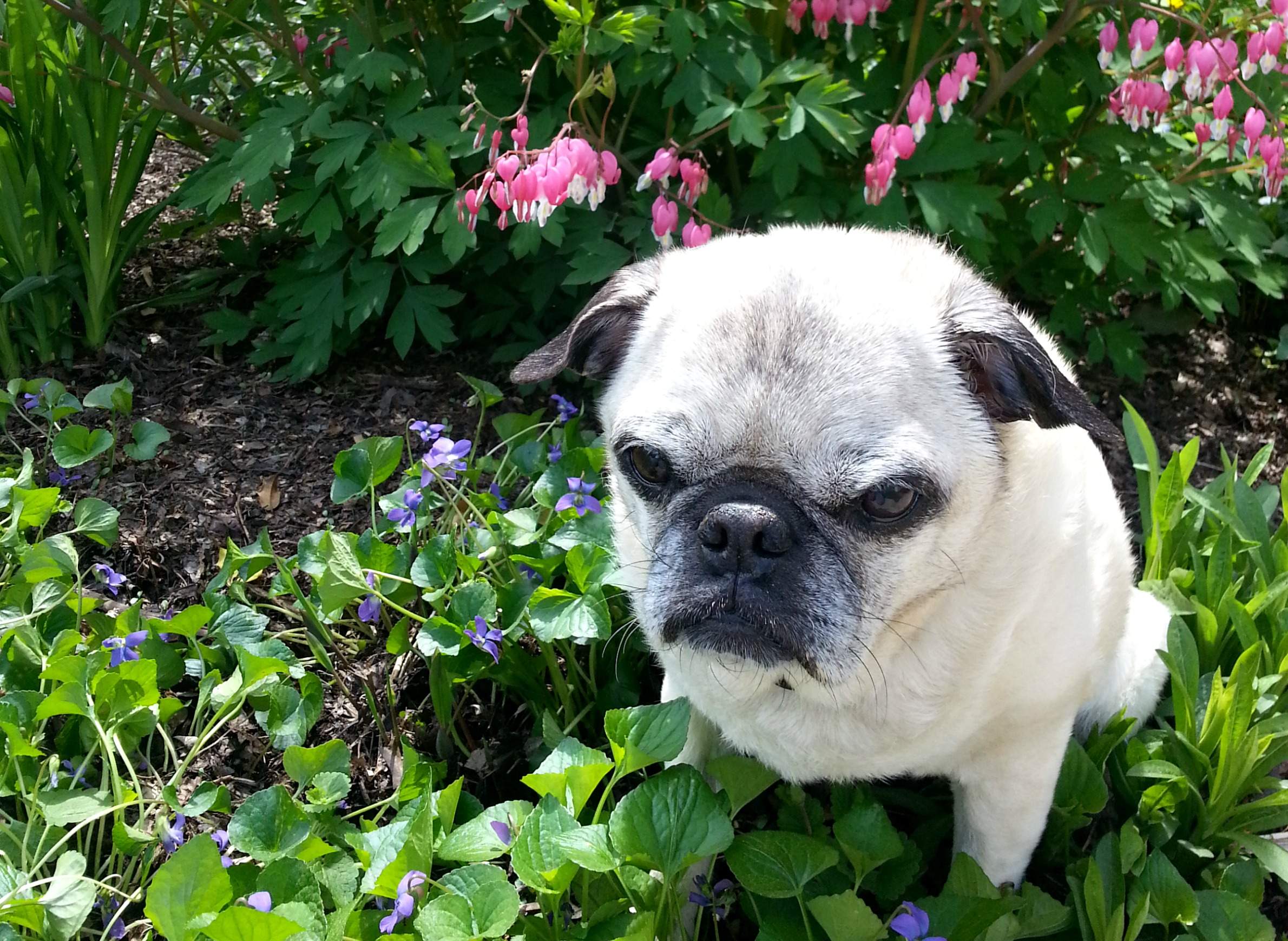
Many Landscape Plants Can Put Dogs In Danger

The inquisitive nature of canine friends sniffing in and around homes in search of anything that catches their attention is adorable. But sometimes a dog's innocent curiosity and insatiable appetite can lead to trouble, particularly in outdoor settings if they happen to chew or ingest any parts of a plant that can be dangerous. For instance, fruits such as peaches, cherries and apples that have fallen on the ground can be a tempting treat for dogs, but the seeds inside them can potentially endanger their health if eaten in large quantities.
If a pet ingests any toxic plants or it exhibits any unusual symptoms, call a veterinarian immediately. Pet owners can also minimize any plant poisoning exposure by monitoring chewing behavior.
It’s important to be familiar with the landscape plants in yards, and be able to label the plants using their scientific names. This information comes in handy when reporting to a veterinarian or poison control center about the type of plant a pet consumes. It’s also worth considering the option of fencing valuable landscape plants if a pet chews on it, or to get rid of poisonous plants from yards altogether.
Here’s a brief list of some common poisonous landscape plants that are dangerous to dogs.
- Castor bean (Ricinus communis) is an annual plant known for its large exotic foliage and spiny pods. However, all parts of the plants including its leaves, stems and seeds contain ricin, a poisonous protein known as a toxalbumin.
- Rhubarb (Rheum rhabarbarum) is a popular perennial vegetable crop, and used often for making pies. However, the toxic soluble oxalate compound in its leaves and stalks is poisonous to many pets.
- Black locust (Robinia pseudoacacia) is a common invasive plant distributed in woodland areas. These trees have a prominent pair of thorns along the young central stems and twigs. Moreover, the bark, leaves, young sprouts and seed pods of these plants contain toxalbumins such as robin and phasin which can cause problems in the gastrointestinal tract.
- Bleeding heart (Dicentra spectabilis) is a very attractive spring flowering perennial plant. It contains the toxic alkaloid isoquinolon in all parts of its system and becomes toxic to pets if ingested in large quantities.
- Yews (Taxus spp.) is an evergreen broadleaf plant used for hedges in landscaping. Its leaves, seeds and twigs contain a poisonous alkaloid called taxine that can cause several disorders in dogs.
- May apple (Podophyllus peltatum) is a shade-loving perennial plant commonly found in woodland areas. All parts of the may apple contain the toxic alkaloid podophylloresin, especially its roots, and is considered to be highly toxic.
- Foxglove (Digitalis spp.) has beautiful flower spikes that offer impressive stature in a landscape bed. However, the toxic glycosides on its leaves, flowers and seeds can cause cardiac failure in pets.
Other landscape plants that are toxic to dogs are fruits of the horse chestnut tree (Aesculus spp.), immature fruits and leaves of elderberry (Sambucus spp.), jack-in-the-pulpit (Arisaema triphyllum), wisteria (Wisteria sinensis) and English ivy (Hedera helix).
More detailed information on toxicity, clinical signs and more information about these and other plant species dangerous to pets pets is available in a database provided by the American Society for Prevention of Cruelty to Animals. For proper plant identification, a sample or picture of a plant can be brought to local University of Wisconsin-Extension offices.
Vijai Pandian is a horticultural agent and educator for the University of Wisconsin-Extension Brown County. This article is adapted from an item originally published by the Green Bay Press Gazette.


